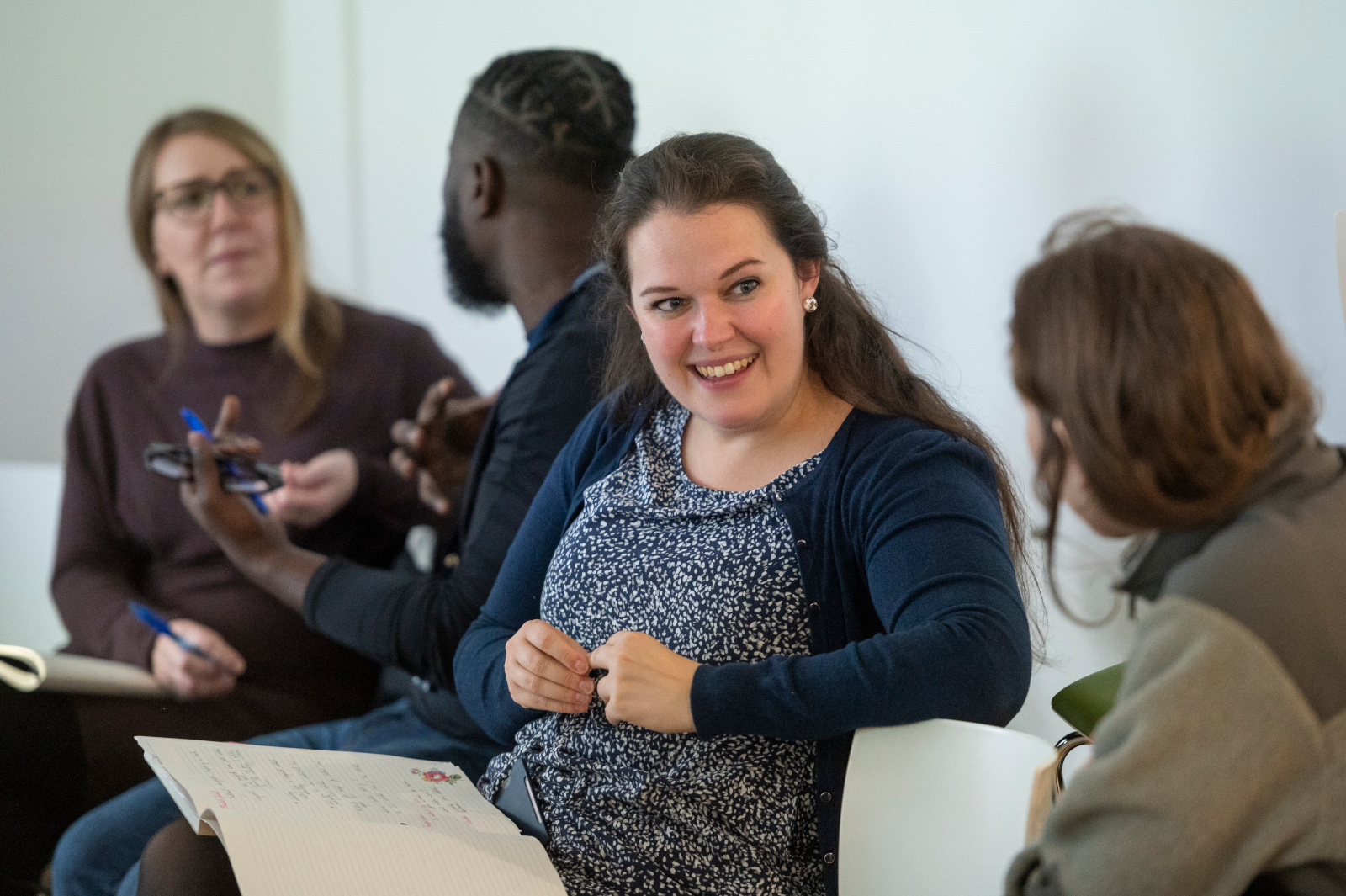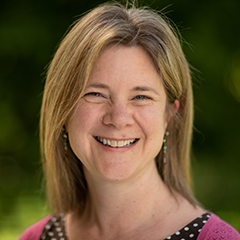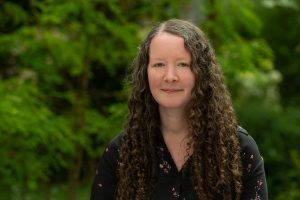The Project
This study explored the role of teachers’ knowledge in supporting children’s oral language progress across the two years of the Early Years Foundation Stage (EYFS). It used data from an existing randomised controlled trial on 70 teachers, and 797 children in their classes, drawn from schools in disadvantaged areas of England.
The study examined whether children made more progress when their teachers had specific knowledge of language-supporting strategies. It used a new video measure (the Observing Language Pedagogy tool – OLP) to capture the dynamic, flexible knowledge which educators can unlock and use ‘in the moment’.
We found that?teachers’ knowledge of language-supporting strategies predicted gains in children’s understanding of vocabulary and sentence structure between the ages of three and five.?More important than knowing the strategies themselves was understanding why they might be effective. The children who made most progress were those whose teachers could connect their knowledge of language-supporting strategies with their knowledge of child development, to understand why a strategy might be used, or what effect it might have on children’s language. We think that this explicit knowledge may support educators’ in-the-moment decision-making during real interactions with children and enable intentional teaching: deliberate use of language-supporting strategies to promote child language development and learning.
Read more in the Project Report and the Executive Summary.
The development and early validation of the OLP instrument is described in Mathers, S. (2021) Using video to assess preschool teachers’ pedagogical knowledge: explicit and higher-order knowledge predicts quality, Early Childhood Research Quarterly, 55, 64-78.
Project Events
The project launch webinar took place on Monday 10th October, with more than 250 people signing up to attend. The recording can be viewed below:









